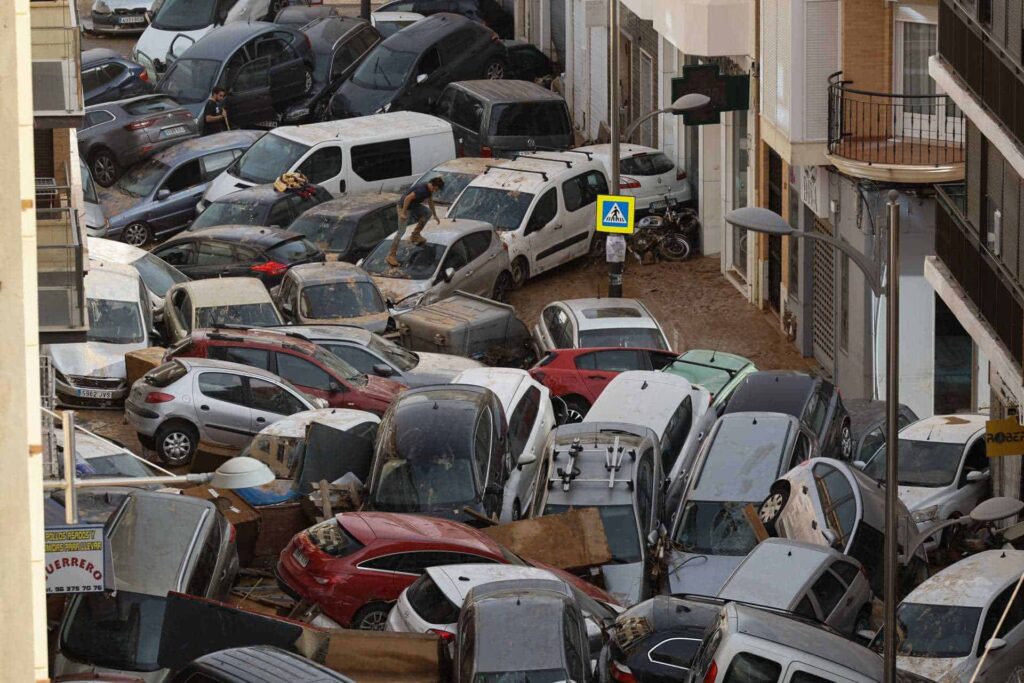
The floods caused by an Isolated Depression at High Levels (DANA) and that have occurred in Spain since Tuesday, left in the province of Valenciaprovisionally, a death toll of 62.
The meteorologist Spaniard, Marta Almarcha, explained that what happened is historic, not only because of the balance of victims and damages, but also because of the “deep formation and the enormous amount of water that was discharged in very few hours.”
With figures that have not been recorded since 1996, the meteorologist analyzed in eltiempo.es, the leading digital meteorological information support in Spain, why the DANA was so devastating, since the numbers of rain fall are historic, with accumulated precipitation exceeding 400 mm in less than 24 hours.
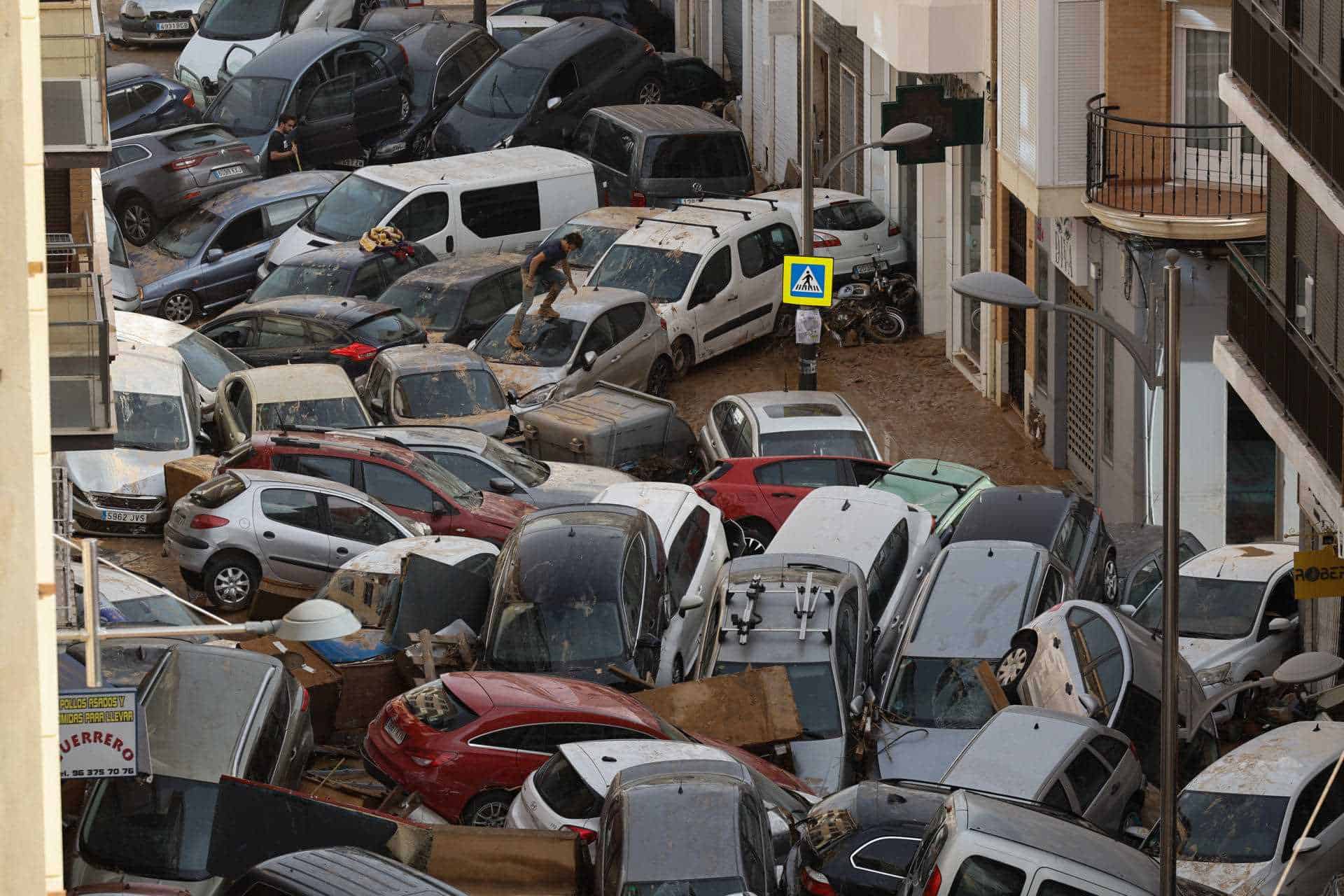
“This DANA had the potential for very severe weather. Its location, its depth and the contribution of a high precipitable water content favored the high potential of rains intense,” Almarcha explained.
In the case of Valenciathe meteorologist argued that the establishment of a constant east flow had an impact on the mountains near the coast, “providing constant energy for the development of storms“.
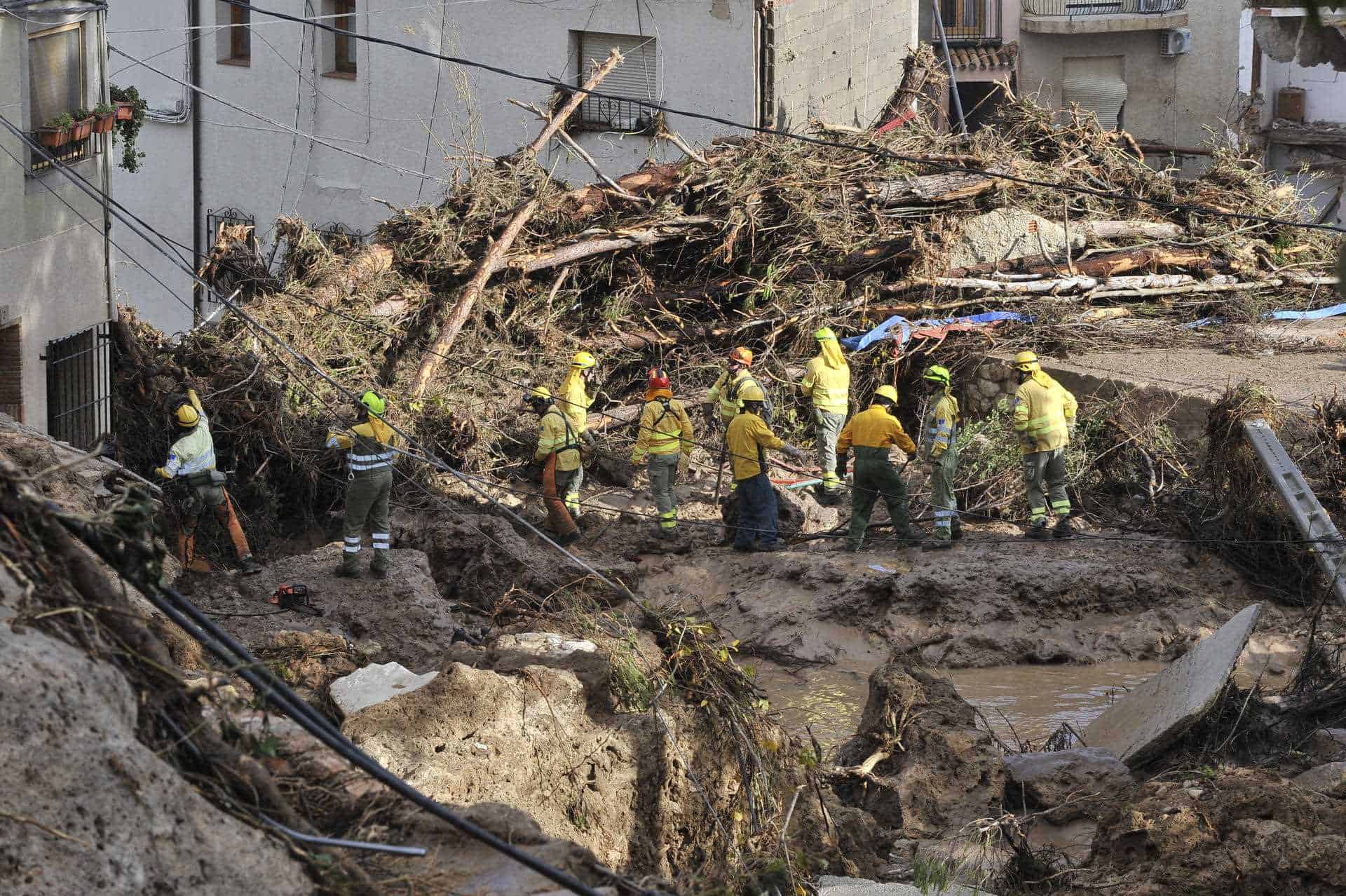
As detailed, the storm cores were developing constantly in the same area for more than 12 hours. “Are stormsFurthermore, they acquired a high organization, being at least a Mesoscale Convective System, with storms embedded supercellular storms, which caused very persistent heavy rainfall, as well as some tornadoes,” he added.
What is a DANA?
The DANA It is considered a low pressure or depression system at the high levels of the atmosphere which has been totally separated from the general circulation of the atmosphere.
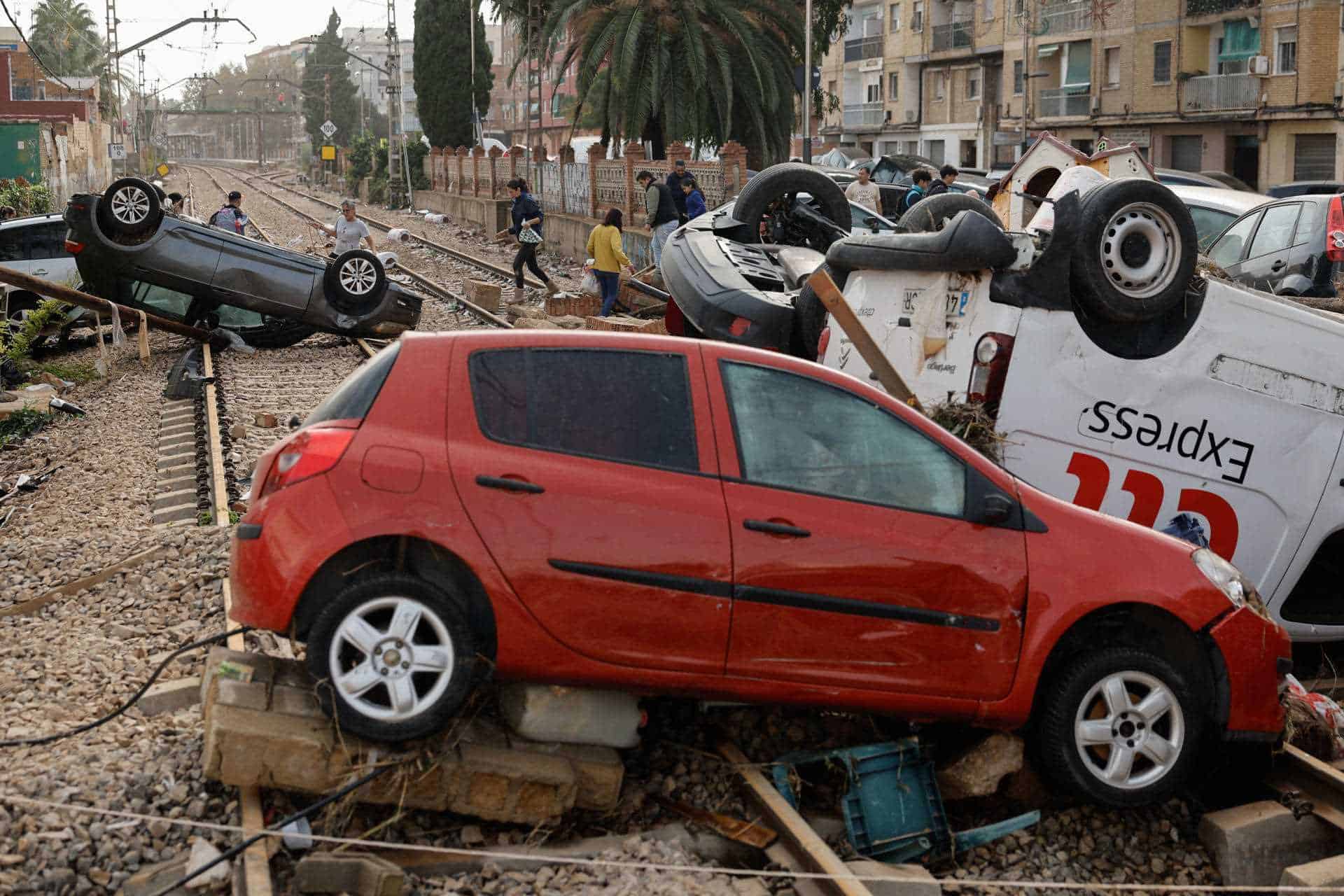
Such upper-level depressions can remain separated from the general circulation for days and exhibit erratic trajectories.
They are formed from the polar jet, a current of intense winds that circulate in the upper part of the atmosphere and whose route revolves around the North Pole and from West to East. It moves causing undulations with time scales between 7 and 10 days, and which are conductors of stormsanticyclones and, as in this case, the DANA.
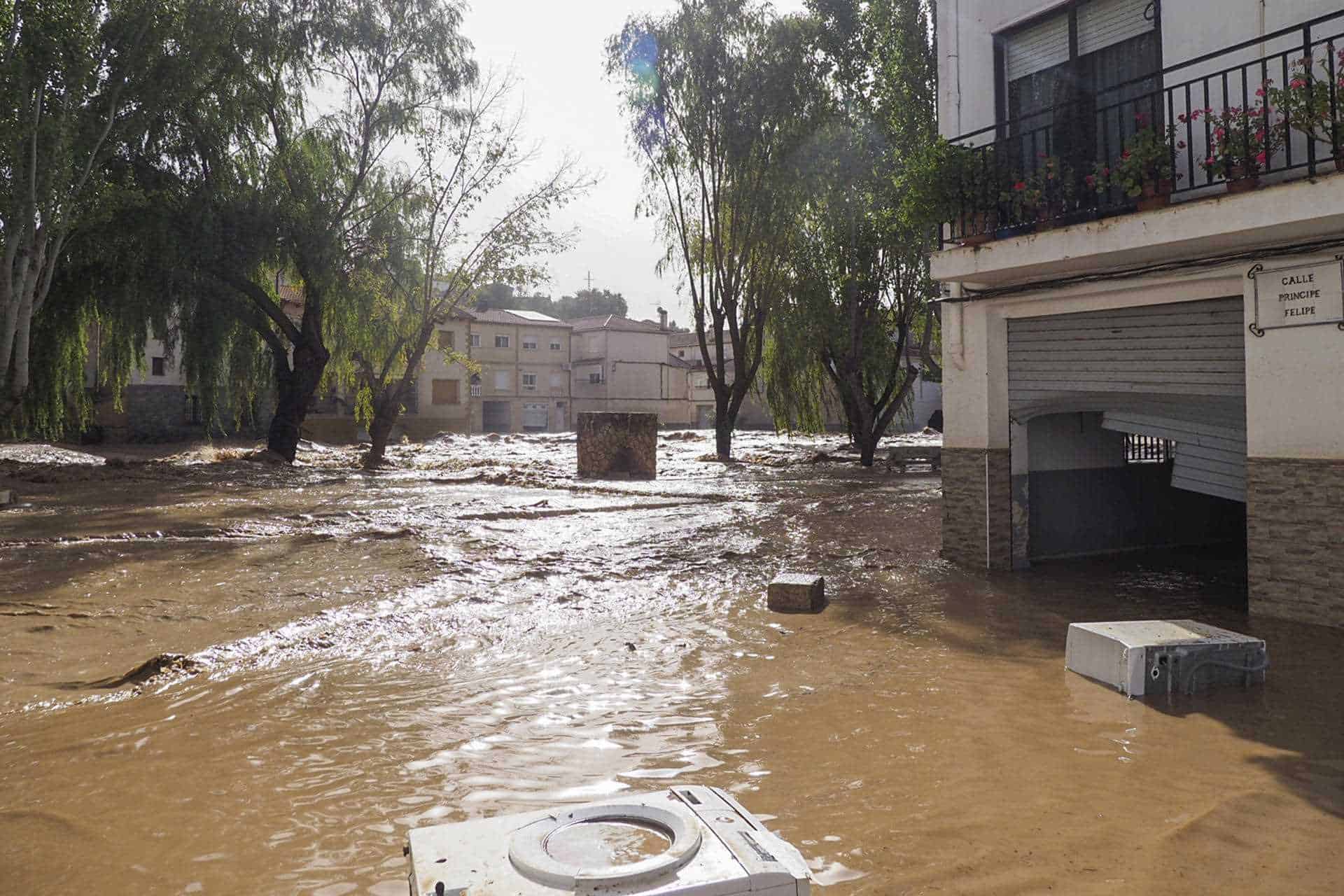
This depression, unlike a common storm that moves eastward, can remain stationary for several days.
The situations of DANA are potentially dangerous in Spain, especially at the end of summer and autumn in the Mediterranean area, where the last one occurred.
They justify that it occurs when the surface temperature of the sea water is high, which favors greater cloud developments, which can lead to rains stronger that sometimes cause floods.



